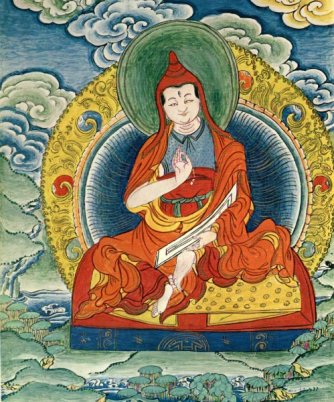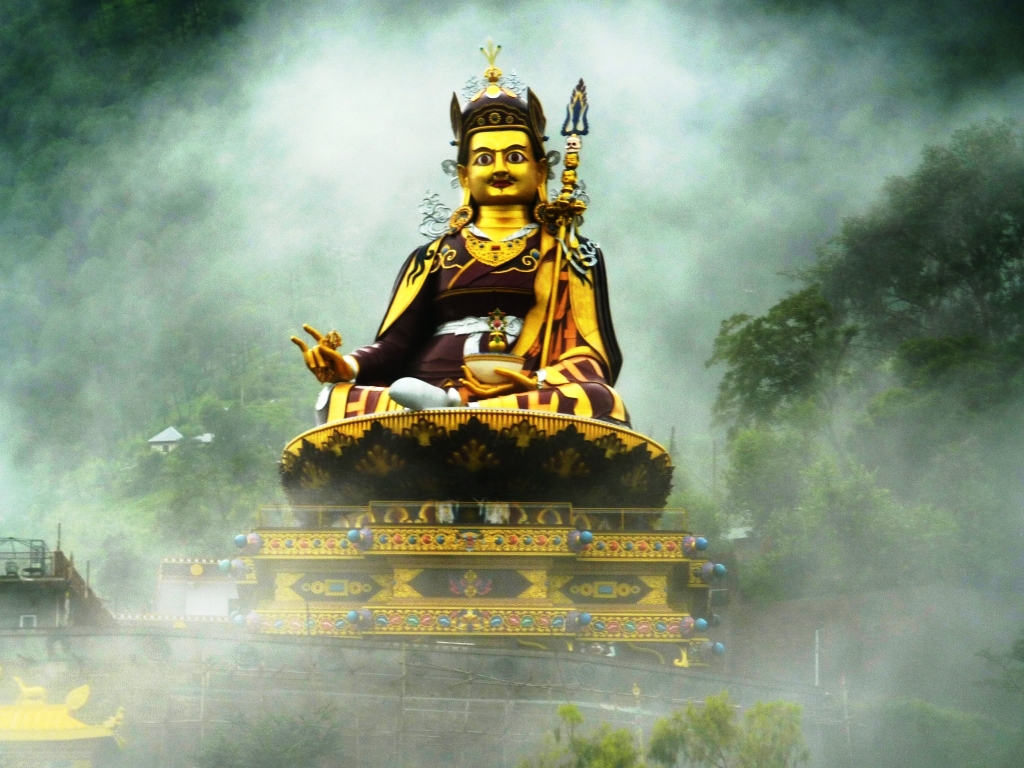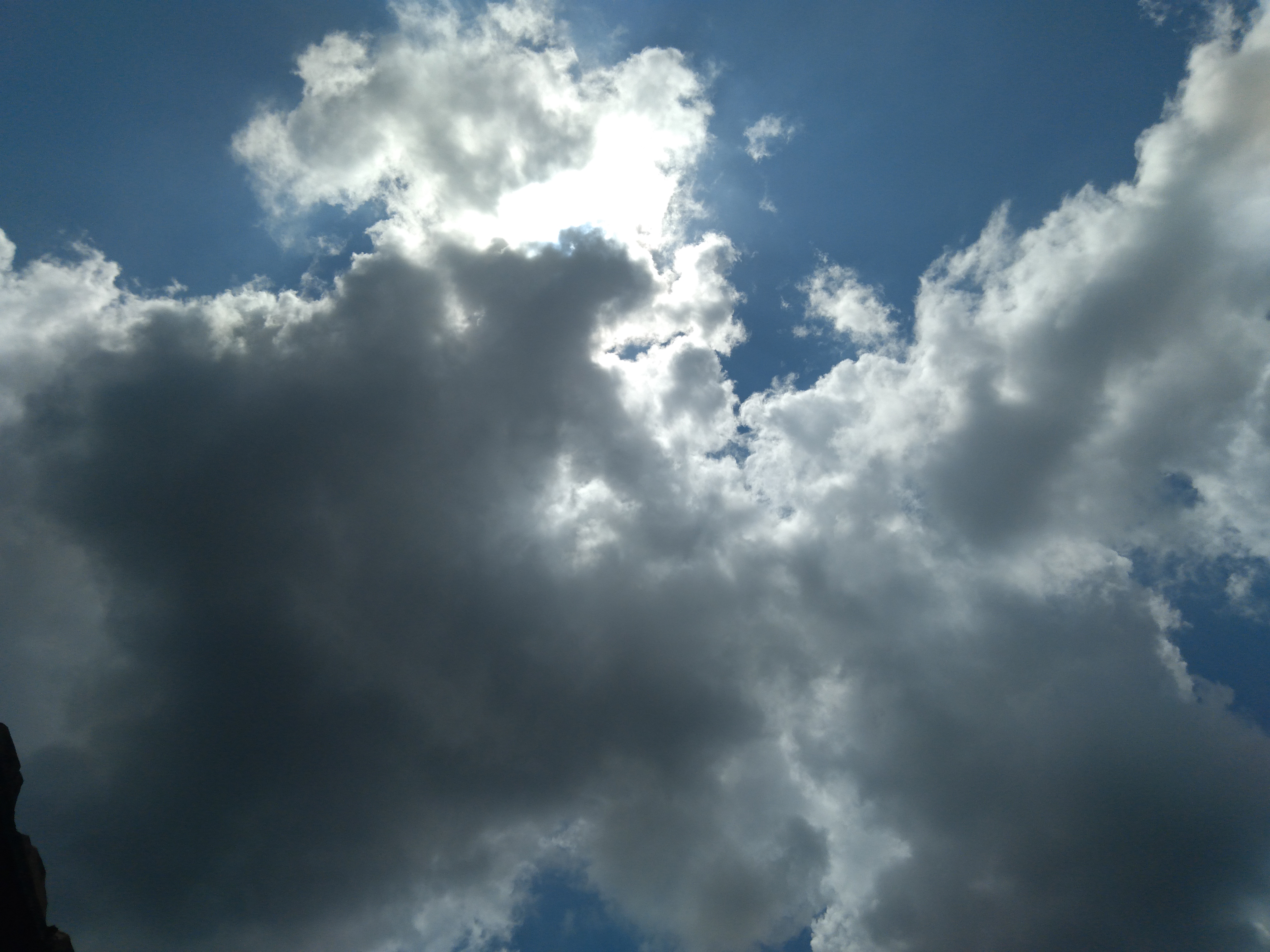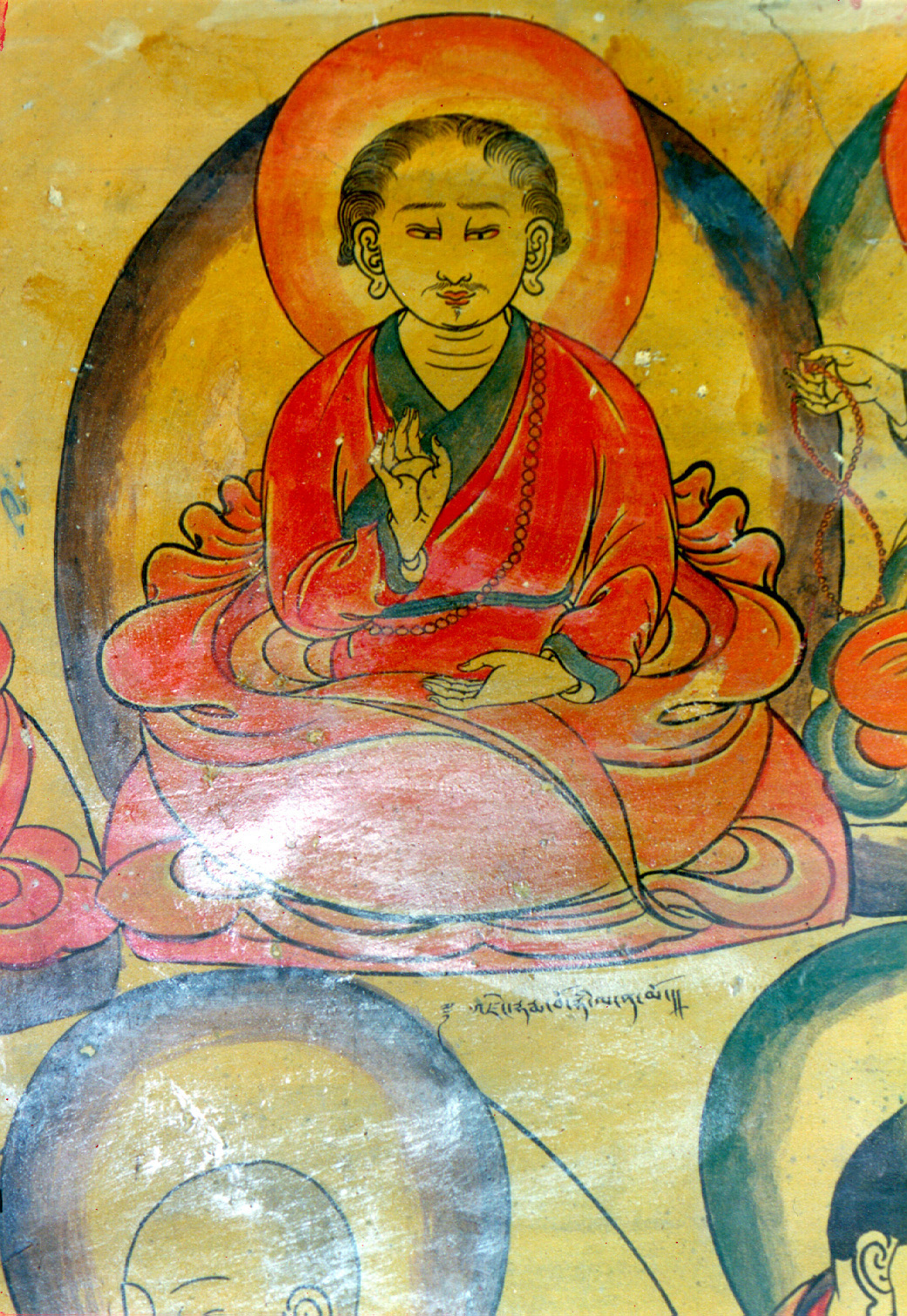|
Vairotsana
Vairotsana () was a lotsawa or "translator" living during the reign of King Trisong Detsen, who ruled 755-97 CE. Vairotsana, one of the 25 main disciples of Padmasambhava, was recognized by the latter as a reincarnation of an Indian pandita. He was among the first seven monks ordained by Śāntarakṣita, and was sent to Dhahena in India to study with Śrī Siṅgha, who taught him in complete secrecy. Śrī Siṅgha in turn entrusted Vairotsana with the task of propagating the semde and longdé sections of Dzogchen in Tibet. He is one of the three main masters to bring the Dzogchen teachings to Tibet, the two others being Padmasambhava and Vimalamitra, and was also a significant lineage holder of trul khor. Shechen Gyaltsab mentions in his ''Pond of White Lotus Flowers'' that before meeting Śrī Siṅgha, Vairotsana had met the wisdom forms of the two vidyadharas Garab Dorje and Mañjuśrīmitra in a miraculous pagoda at Dhahena. After he had presented a huge off ... [...More Info...] [...Related Items...] OR: [Wikipedia] [Google] [Baidu] |
Semde
Semde (; Sanskrit: , "mind division", "mind class" or "mind series" is the name of one of three scriptural and lineage (Buddhism), lineage divisions within the Dzogchen (Great Perfection) tradition. The Nyingma school of Tibetan Buddhism traditionally classifies its Dzogchen teaching into three main divisions: Semde, Longdé (Space Series) and Menngagde (Secret Instruction Series). Semde texts are mostly said to be translations by figures of History of Tibetan Buddhism#First dissemination (7th–9th centuries), the early transmission (7th–9th centuries) of Buddhism to Tibet like Sri Singha, Śrī Siṅgha, Vairotsana and Vimalamitra. These texts emphasize the "awakened mind" (Tibetan: ''byang-chub-kyi sems'', Skt. ''bodhicitta''), which is the true nature of the mind and is essentially pure and perfect, just like Buddhahood. Semde texts critique tantric practice as being based on effort, and instead promote simple and effortless contemplation of the mind and its Emptiness (Buddhi ... [...More Info...] [...Related Items...] OR: [Wikipedia] [Google] [Baidu] |
Padmasambhava
Padmasambhava ('Born from a Lotus'), also known as Guru Rinpoche ('Precious Guru'), was a legendary tantric Buddhist Vajracharya, Vajra master from Oddiyana. who fully revealed the Vajrayana in Tibet, circa 8th – 9th centuries... He is considered an emanation or Nirmāṇakāya of Gautama Buddha, Shakyamuni Buddha as foretold by the Buddha himself. According to early Tibetan sources including the ''Testament of Ba'', he came to Tibet in the 8th century and designed Samye Monastery, the first Buddhist monastery in Tibet during the reign of King Trisong Detsen. He, the king, and Khenpo Shantarakshita are also responsible for creating the Tibetan canon, Tibetan Canon through translating all of the Buddha's teachings and their commentaries into the Tibetan language. According to Lewis Doney, while his historical authenticity was questioned by earlier Tibetology, Tibetologists, it is now "cautiously accepted.” Padmasambhava himself was recorded as saying he was an historical per ... [...More Info...] [...Related Items...] OR: [Wikipedia] [Google] [Baidu] |
Lotsawa
Lotsawa () is a Tibetan title used to refer to the Nyingma's ''Ancient Translation School'' of 108 Tibetan translators, which include Vairotsana, Rinchen Zangpo, Marpa Lotsawa, Tropu Lotsawa Jampa Pel and many others. They worked alongside Indian scholars, or panditas, to prepare the first translation into the Tibetan language of the Kangyur and Tengyur of the Buddhist Canon, from original texts written in Pali, Sanskrit, Classical Chinese, Buddihist Hybrid Sanskrit and other Asian languages. Working under the direction of Padmasambhava and Shantarakshita in the 8th century, their patron was King Trisong Detsen. The term is also used to refer to modern-day translators of Tibetan Buddhist texts. Lotsawa is thought to derive from the Sanskrit word '' licchavi'', a privileged ancient and medieval Indo-Aryan tribe and dynasty. TAnother theory has it that the term is a transliteration of the Sanskrit compound ''lokacakṣu'', literally "eye of the world" or more symbolica ... [...More Info...] [...Related Items...] OR: [Wikipedia] [Google] [Baidu] |
Trul Khor
''Trul khor'' ('magical instrument' or 'magic circle;' Skt. ), in full ''tsa lung trul khor'' ( 'magical movement instrument, channels and inner breath currents'), also known as yantra yoga, is a Vajrayana discipline which includes pranayama (breath control) and body postures (asanas). From the perspective of the Indo-Tibetan Buddhist traditions of Dzogchen, the mind is merely ''vāyu'' (breath or, more literally, wind) in the body. Thus working with ''vāyu'' and the body is paramount, while meditation, on the other hand, is considered contrived and conceptual. Namkhai Norbu Rinpoche (1938-2018), a proponent of trul khor, preferred to use the equivalent Sanskrit-derived English term 'yantra yoga' when writing in English. Trul khor derives from the instructions of the Indian mahasiddhas (great sages) who founded Vajrayana (3rd to 13th centuries CE). Trul khor traditionally consists of 108 movements, including bodily movements (or dynamic asanas), incantations (or mantras) ... [...More Info...] [...Related Items...] OR: [Wikipedia] [Google] [Baidu] |
Dzogchen
Dzogchen ( 'Great Completion' or 'Great Perfection'), also known as ''atiyoga'' ( utmost yoga), is a tradition of teachings in Indo-Tibetan Buddhism and Bön aimed at discovering and continuing in the ultimate ground of existence. The goal of Dzogchen is the direct experience of this basis, called (Sanskrit: ). There are spiritual practices taught in various Dzogchen systems for discovering . Dzogchen emerged during the first dissemination of Buddhism in Tibet, around the 7th to 9th centuries CE. While it is considered a Tibetan development by some scholars, it draws upon key ideas from Indian sources. The earliest Dzogchen texts appeared in the 9th century, attributed to Indian masters. These texts, known as the Eighteen Great Scriptures, form the "Mind Series" and are attributed to figures like Śrī Siṅgha and Vimalamitra. Early Dzogchen was marked by a departure from normative Vajrayāna practices, focusing instead on simple calming contemplations leading to a di ... [...More Info...] [...Related Items...] OR: [Wikipedia] [Google] [Baidu] |
Vairocana
Vairocana (from Sanskrit: Vi+rocana, "from the sun" or "belonging to the sun", "Solar", or "Shining"), also known as Mahāvairocana (Great Vairocana), is a major Buddha from Mahayana and Vajrayana Buddhism. Vairocana is often interpreted, in texts like the '' Avatamsaka Sutra'', as the Dharmakāya of the historical Gautama Buddha. In East Asian Buddhism ( Chinese, Korean, Japanese and Vietnamese Buddhism), Vairocana is also seen as the dharmakāya (the supreme buddha-body, the body of ultimate reality), and the embodiment of the Buddhist concept of wisdom and purity. Mahāvairocana is often translated into East Asian languages as "Great Sun Buddha" ( Chinese: 大日如來, pinyin: ''Dàrì Rúlái'', Japanese: ''Dainichi Nyorai''). In the conception of the Five Jinas of Mahayana and Vajrayana Buddhism, Vairocana is at the centre and is often considered a Primordial Buddha. In East Asian esoteric Buddhism, Mahāvairocana is considered to be a Cosmic Buddha whose body is th ... [...More Info...] [...Related Items...] OR: [Wikipedia] [Google] [Baidu] |
Longdé
Longdé (, ) is the name of one of three scriptural divisions within Dzogchen, which is itself the pinnacle of the Yana (Buddhism)#The nine yanas, ninefold division of practice according to the Nyingma school of Tibetan Buddhism. The name "longdé" is translated as "Space Division" or "Space Series" of Dzogchen and emphasises the emptiness () or spaciousness () aspect of the Natural State. Due to the different approaches of various Dzogchen lineages, three series of teachings have developed, of which longdé is one. The other two divisions or series are semde and menngagde. Penor Rinpoche attributes longdé to Dorje Zampa, Sri Singha and Vairotsana's lineage. History The series of Space reflects the developments of the 11th–14th centuries and emphasizes "space" or "expanse" (''klong''). According to Sten Anspal this class of texts "is difficult to define or characterize uniformly" and "were not unified into a single system". Because of this, it has been seen either as nearl ... [...More Info...] [...Related Items...] OR: [Wikipedia] [Google] [Baidu] |
Yudra Nyingpo
Yudra Nyingpo () was one of the chief disciples of Vairotsana and one of the principal lotsawa "translators" of the first translation stage of texts into Tibetan. Yudra Nyingpo became one of the greatest masters of Nyingma Dzogchen Semde and Longdé teachings: Yudra Nyingpo was a prince of Gyalmo Tsawe Rong (Gyarong) in Eastern Tibet. In Gyarong, Yudra Nyingpo received teachings from Vairocana, who was exiled in the area for a certain period of time. Studying with Vairocana, Yudra Nyingpo became a great scholar and translator. Later he traveled to Central Tibet and received teachings from Guru Rinpoche and he became one of the greatest masters of semde and longdé teachings of Dzogpa Chenpo in Tibet. Yudra Nyingpo translated many works, including the 'Thirteen Later Translations' () of the 'Eighteen Major Scriptural Transmissions of the Mind Series' (): #Tsemo Chung-gyal (Supreme Peak) () #Namkha'i Gyalpo (King of Space) () #Dewa Thrulkod (Jewel-Encrusted Bliss Ornament) () #Dzo ... [...More Info...] [...Related Items...] OR: [Wikipedia] [Google] [Baidu] |
Longdé
Longdé (, ) is the name of one of three scriptural divisions within Dzogchen, which is itself the pinnacle of the Yana (Buddhism)#The nine yanas, ninefold division of practice according to the Nyingma school of Tibetan Buddhism. The name "longdé" is translated as "Space Division" or "Space Series" of Dzogchen and emphasises the emptiness () or spaciousness () aspect of the Natural State. Due to the different approaches of various Dzogchen lineages, three series of teachings have developed, of which longdé is one. The other two divisions or series are semde and menngagde. Penor Rinpoche attributes longdé to Dorje Zampa, Sri Singha and Vairotsana's lineage. History The series of Space reflects the developments of the 11th–14th centuries and emphasizes "space" or "expanse" (''klong''). According to Sten Anspal this class of texts "is difficult to define or characterize uniformly" and "were not unified into a single system". Because of this, it has been seen either as nearl ... [...More Info...] [...Related Items...] OR: [Wikipedia] [Google] [Baidu] |
Sri Singha
Sri Singha (Sanskrit: , ) was the teacher of Padmasambhava, Vimalamitra, and Vairotsana. He was a principal student and dharma-son of Mañjuśrīmitra in the Dzogchen lineage, and is credited by the Nyingma school with introducing Dzogchen to Tibet. Life Sri Singha is the son of King 'Accomplisher' and his wife queen Nantakā. A.W. Barber notes that Sri Simha took the Atiyoga lineage to Andhra, in South India. He made his residence at Dhanyakataka. Thus, it would appear that Sri Simha took the Atiyoga line to Andhra and made his residence at the famous Dhanyakataka along the Krishna River. From here it was transmitted to teachers who then took the line to Tibet and China. Achievements Śrī Siṃha brought the Secret Mantra teachings from beneath the Vajra Throne in Bodhgaya to the 'Tree of Enlightenment' in China, where he concealed them in a pillar of the 'Auspicious Ten Thousand Gates Temple'. Śrī Siṃha conferred the Eighteen Dzogchen Tantras (Tibetan: ''rdzogs ... [...More Info...] [...Related Items...] OR: [Wikipedia] [Google] [Baidu] |
Pang Mipham Gonpo
Pang may refer to: Places *Siem Pang District, Cambodia *Pangnirtung or Pang, an Inuit hamlet on Baffin Island, Canada * Fo Pang (Chinese: 火棚), an area of Kowloon, Hong Kong *Pang, a hamlet in Leh district, Jammu and Kashmir, India * Pang, Malappuram, a village in Malappuram, Kerala, India * Pang, Parbat, Nepal * Pang, Rolpa, Nepal * Pang Mapha district, Mae Hong Son Province, Thailand * Pang Sila Thong district, Kamphaeng Phet Province, Thailand *River Pang, located in southern England People Surname *Pang (surname) *an alternative form of the romanization of Peng (surname) (彭) *Pang brothers (born 1965), Danny and Oxide, filmmakers Given name * Pang Ding-hong, Chinese name of Chris Patten (born 1944), last Governor of Hong Kong *Pang Juan (龐涓, died 342 BC), military general from the Warring States period *Pang Tong (龐統, 179–214), strategist and advisor from the late Han dynasty Pseudonyms and nicknames *Pang, nickname for Issei Sagawa (born 1949), Japanese man ... [...More Info...] [...Related Items...] OR: [Wikipedia] [Google] [Baidu] |




